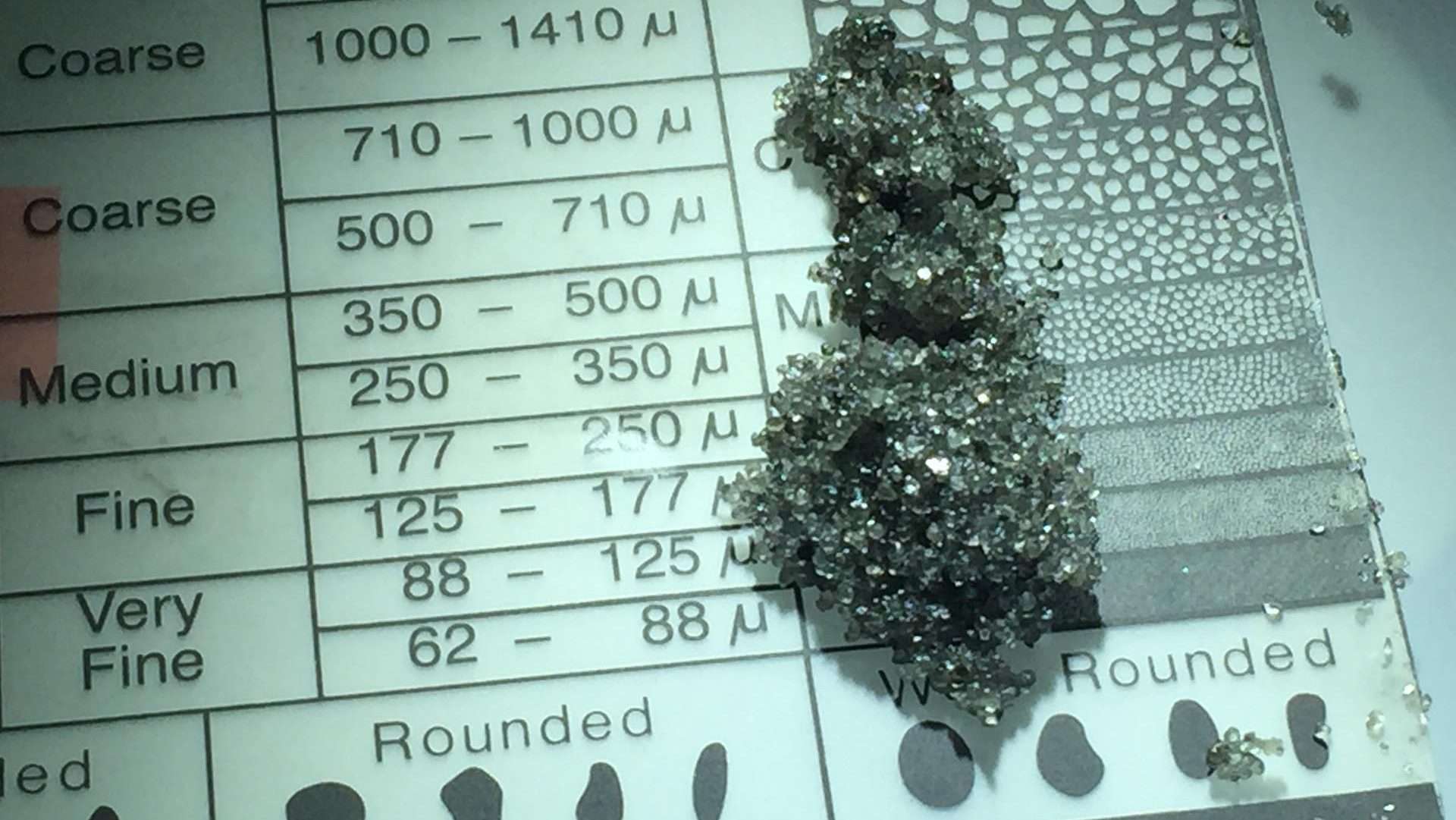Abstract
Carolina Power and Light Co. (CP&L) used standard penetration tests (S PT) to evaluate liquefaction potentials of a site underlain by artesian pressured fine sands. The results were inconclusive, and attempts to obtain undisturbed samples were costly and unsuccessful. We proposed three evaluation techniques using in situ properties from borehole geophysical logging and laboratory ana yses on disturbed samples. In the first, densities from borehole geophysics and limited laboratory tests are used in standard analyses. This technique was applied to the CP&L site for comparison with the SPT results. Assumptions were made since laboratory data was unavailable. Common genesis of subsurface materials allowed extrapolation of soil properties from the surface to depth. Near surface relative densities from both techniques were comparable. At depth the wireline technique indicated higher relative densities with localized low density zones which the SPTs missed or underestimated. In the second technique in situ void ratios, obtained from density or porosity logs, are compare to critical void ratios obtained from laboratory testing of disturbed samples. Strata with less than critical void ratios will dilate during shearing, lowering their pore pressures thus increasing shear strengths, so that liquefaction will be unlikely.



